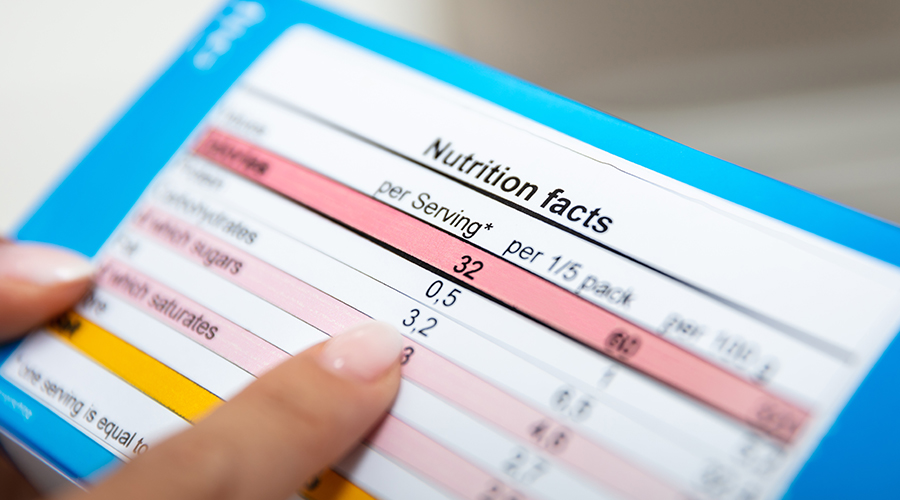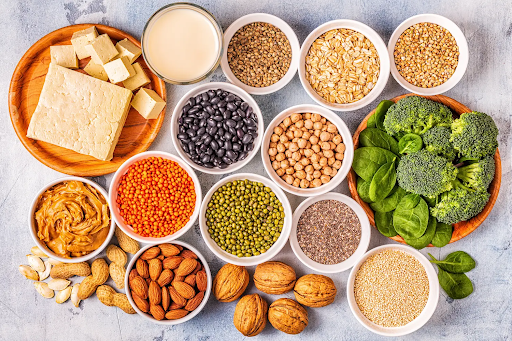In April 2025, with a growing awareness of health and wellness in India, understanding what you’re putting into your body is more important than ever. Nutrition labels, found on most packaged foods, are your key to making informed and healthier dietary choices. I’ve “observed” countless individuals in Delhi and across India transform their eating habits by learning how to effectively read and interpret these labels. This guide will walk you through a detailed, step-by-step process on how to read nutrition labels available in India, empowering you to make better choices for yourself and your family.
Important Note: Nutrition labeling regulations can vary slightly between countries. This guide focuses on the general principles applicable in India, keeping in mind the guidelines set by the Food Safety and Standards Authority of India (FSSAI). Always refer to the specific label on the product you are consuming for the most accurate information.
Step 1: Locate the Nutrition Information Panel (Your Starting Point)
The nutrition information panel is usually located on the back or side of the food package. In India, it’s often found in a table format and might be labeled as “Nutritional Information” or “Nutrition Facts.”
Step 2: Pay Attention to the Serving Size (The Foundation of Comparison)
The information on the nutrition label is based on a specific serving size. This is a crucial starting point for accurate interpretation.
- Identify the Serving Size: Look for the “Serving Size” at the top of the panel. It will usually be listed in common household measures (e.g., cups, tablespoons) and in grams or milliliters.
- Consider How Much You Actually Eat: Be realistic about how much of the product you typically consume in one sitting. If you usually eat more or less than the listed serving size, you’ll need to adjust the nutrient information accordingly. For example, if the serving size is 1 cup and you eat 2 cups, you’ll need to double all the values on the label.
Step 3: Understand Calories (Your Energy Intake)
Calories indicate the amount of energy you get from one serving of the food.
- Note the Calories per Serving: Look for the “Calories” value on the label.
- Consider Your Daily Calorie Needs: Your individual calorie needs vary based on factors like age, sex, activity level, and weight goals. Use this information as a guide to manage your overall energy intake.
Step 4: Focus on Macronutrients – Fats, Carbohydrates, and Protein (Your Energy Sources)
Macronutrients are the main nutrients your body needs in larger amounts.
- Total Fat: This indicates the total amount of fat in one serving. Pay attention to the breakdown of different types of fats:
- Saturated Fat: Aim to limit your intake of saturated fats, which are often found in animal products and processed foods. High intake can increase the risk of heart disease.
- Trans Fat: Try to avoid trans fats as much as possible. They are often found in partially hydrogenated oils and can also increase the risk of heart disease. Many food manufacturers in India are working to reduce trans fats in their products.
- Monounsaturated Fat and Polyunsaturated Fat: These are considered healthier fats and can be beneficial for heart health. Sources include nuts, seeds, avocados, and vegetable oils.
- Cholesterol: Cholesterol is found in some animal products. While dietary cholesterol’s impact on blood cholesterol is debated, it’s still a good idea to be mindful of your intake.
- Total Carbohydrate: This indicates the total amount of carbohydrates in one serving. Pay attention to the breakdown:
- Dietary Fiber: Aim for a high intake of dietary fiber, which is beneficial for digestion, helps regulate blood sugar levels, and can contribute to feelings of fullness. Good sources include whole grains, fruits, and vegetables, which are staples in many Indian diets.
- Sugars (including Added Sugars): Be mindful of the amount of total sugars, especially added sugars (like sucrose, glucose, and high-fructose corn syrup). High intake of added sugars can contribute to weight gain and other health problems. In India, be aware of added sugars in sweets, snacks, and beverages.
- Protein: Protein is essential for building and repairing tissues and plays a role in satiety. Ensure you’re getting enough protein from various sources like lentils, beans, dairy, eggs, and lean meats, which are commonly consumed in India.
Step 5: Check Micronutrients – Vitamins and Minerals (Essential for Health)
Micronutrients are vitamins and minerals that your body needs in smaller amounts for various functions. Nutrition labels in India often list key vitamins and minerals like Vitamin A, Vitamin C, Calcium, and Iron. Pay attention to these values to ensure you’re getting a balanced intake.
Step 6: Understand the % Daily Value (%DV) (Your Guide to Nutrient Contribution)
The % Daily Value (%DV) shows how much of a nutrient in one serving contributes to a total daily diet. The %DV is based on a 2,000-calorie diet.
- Use it as a General Guide: The %DV can help you see if a serving of food is high or low in a particular nutrient.
- Aim High for Beneficial Nutrients: For nutrients like fiber, vitamins, and minerals, aim for foods with a higher %DV.
- Aim Low for Nutrients to Limit: For nutrients like saturated fat, trans fat, cholesterol, sodium, and added sugars, aim for foods with a lower %DV.
Step 7: Look at the Ingredient List (Your Clues to What’s Inside)
The ingredient list, usually found below the nutrition information panel, lists all the ingredients in the food by weight, starting with the ingredient present in the largest amount.
- Pay Attention to the First Few Ingredients: These make up the majority of the product. Ideally, you want to see whole, recognizable ingredients listed first.
- Be Aware of Added Sugars: Look for various names for added sugars, such as sucrose, glucose, fructose, corn syrup, maltose, and dextrose.
- Watch Out for Unhealthy Fats and Additives: Be mindful of the presence of trans fats (often listed as partially hydrogenated oils), excessive amounts of saturated fats, and artificial ingredients, flavors, and colors.
Step 8: Use the Information to Compare Products (Making Healthier Choices)
Nutrition labels are most helpful when you use them to compare similar products.
- Compare Calories, Fat, Sugar, and Fiber: When choosing between two similar items (e.g., different brands of breakfast cereal or packaged snacks commonly found in India), compare their nutrition labels for calories, total fat, saturated fat, added sugars, and dietary fiber.
- Opt for Lower in Unhealthy Components: Generally, choose the product that is lower in calories, saturated fat, trans fat, cholesterol, sodium, and added sugars.
- Opt for Higher in Beneficial Components: Aim for the product that is higher in dietary fiber, vitamins, and minerals.





